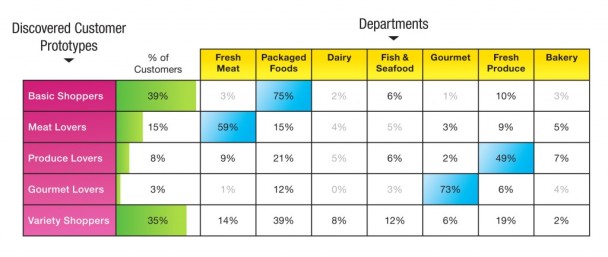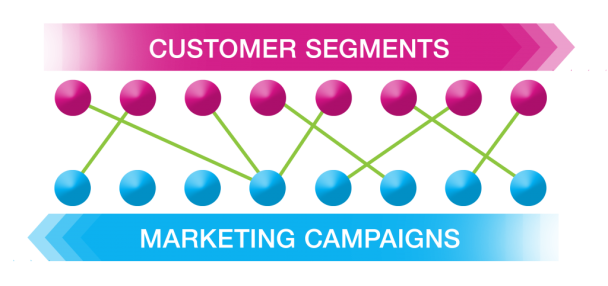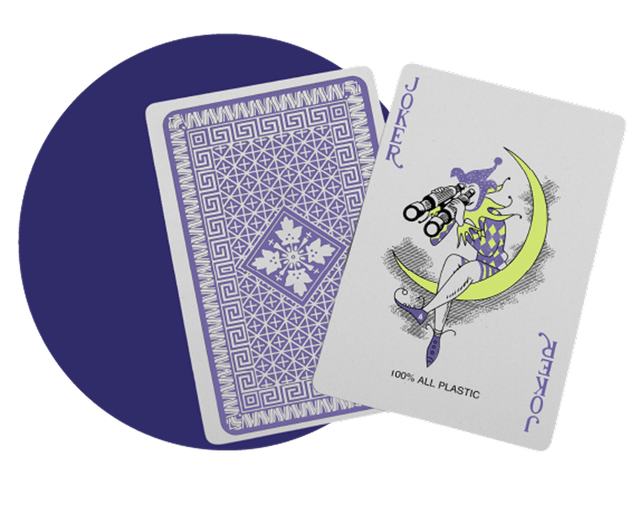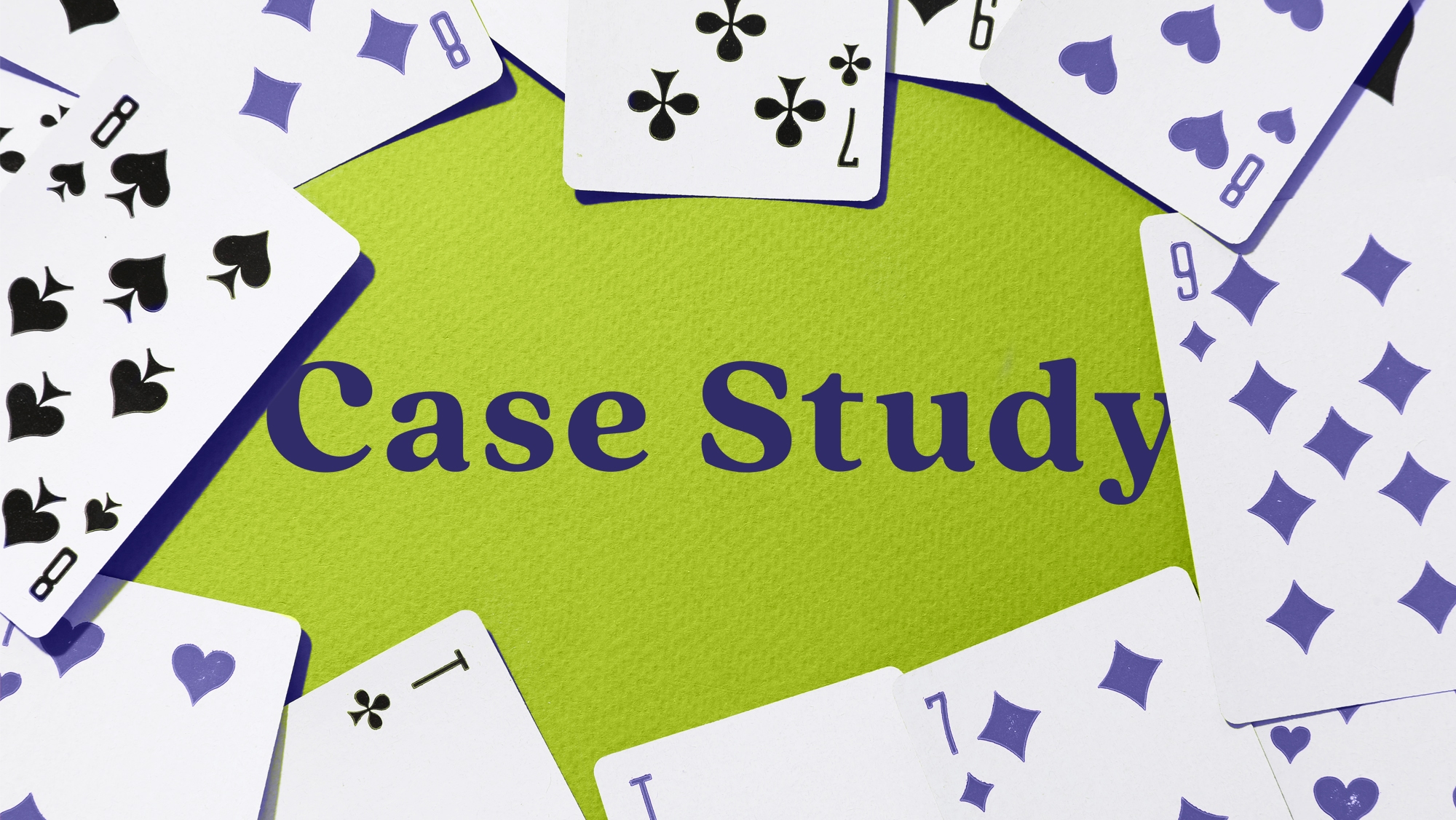
AI and the Retail Marketer’s Future
How AI transforms strategy and processes, driving the adoption of Positionless Marketing
Exclusive Forrester Report on AI in Marketing

Retail marketers are constantly looking for ways to improve the effectiveness of their campaigns. One way to do this is to target customers with the particular offers most likely to attract them back to the store and to spend more on their next visit. In other words, the marketer’s goal is to make the most relevant match between customer and offer. This article presents a highly effective means of accomplishing this goal using shopping behavior-based customer segmentation.
To get the most uplift from a marketing campaign, the campaign should be directed at the customers most likely to respond to it. By using customer segmentation to determine actionable “customer prototypes,” the marketer is able to test different campaigns on particularly relevant target groups of customers. Over time, the results of these campaigns can be measured and compared to find the most effective repeatable offers to each customer segment.
For example, once a segment of supermarket customers is identified as being “meat lovers,” the marketer could try a variety of up-sell campaigns (e.g., to encourage customers to buy different, more expensive kinds of meats) and cross-sell campaigns (e.g., to encourage customers to buy products from other categories, such as gourmet meat sauces or barbecue accessories). Besides short-term sales, this approach typically increases long-term customer loyalty as well.
In brief, cluster analysis uses a mathematical model to discover groups of similar customers based on finding the smallest variations among customers within each group. The process is not based on any predetermined thresholds or rules (as are most simple segmentation methods), but rather the data itself generates the customer prototypes that inherently exist within the population of customers.
The two main advantages of cluster analysis over simple threshold/rule-based segmentation are (1) practicality – it would be practically impossible to use predetermined rules to segment customers over many dimensions, and (2) homogeneity – variances within each resulting group are very small in cluster analysis, whereas rule-based segmentation typically groups customers who are actually very different from one another.
The first step in cluster analysis is to prepare the customer spend data for each product category. Grocery stores and supermarkets would typically look at categories such as packaged foods, meat, dairy, produce, seafood and bakery. More granular category levels can also be selected if the goal is to segment customers within a particular known group. For example, the supermarket could try to market specialty cheeses to cheese lovers by segmenting customers based on their purchases of various categories of cheese (e.g., Cheddar, Cottage, Monterrey Jack, Mozzarella, Swiss).
The next step is to perform cluster analysis on all customers to identify distinct homogeneous groups of customers with minimal variance between their purchasing behaviors. This identifies unique “customer prototypes” (such as meat lovers, produce lovers and gourmet lovers) to which specific marketing offers can be targeted.
(It is important to mention that part of the cluster analysis process is normalizing price levels across departments using weights related to the average basket price in each department. This prevents the inherent differences in the absolute prices between departments from skewing the analysis.)
The following chart shows partial results of a cluster analysis performed by a chain of grocery stores:

This chart shows a seven-dimension cluster analysis which resulted in the discovery of five customer prototypes: basic shoppers (who purchase a variety of products, but mostly packaged items), meat lovers (who purchase a large amount of meat), produce lovers (who purchase a large amount of fresh produce), gourmet lovers (who purchase mostly items from the gourmet department) and variety shoppers (whose shopping behavior is widely spread among departments).
Once the marketer has a clear view of the various customer prototypes, it makes sense to target relevant marketing campaigns to the most interesting segments. An integral part of testing the effectiveness of these campaigns is to divide the prototype group into a “test group” and a “control group” and then to compare the uplift between them.
By constantly experimenting, measuring and improving, it becomes possible to discover the most effective combinations of marketing campaign and customer segment.

The heart of the approach described in this article is cluster analysis. Cluster analysis, usually based on the k-means algorithm, is not something new. Many statistical software packages provide the means to perform cluster analysis and there are even Excel add-ins available for the purpose.
Retailers without an in-house team of statisticians, however, may want to look at marketing-oriented software that incorporate cluster analysis as part of an overall customer analysis and marketing campaign management application. The better applications in this category will also include marketing-oriented features such as dynamic customer group generation, automatic selection of test and control groups and automatic measurement and reporting of campaign results.
Exclusive Forrester Report on AI in Marketing
In this proprietary Forrester report, learn how global marketers use AI and Positionless Marketing to streamline workflows and increase relevance.


Varda is all about the customer. With more than 10 years helping customers improve their businesses by making the best use of their data, Varda is the perfect blend of energy and efficiency, equipped with a bright personality and exemplary professionalism. She holds a Bachelor’s degree in Economics and Business Administration.


